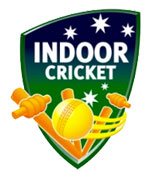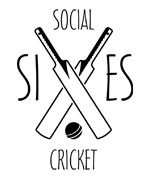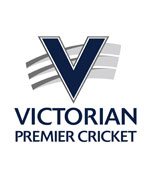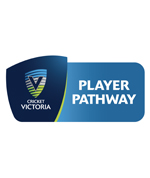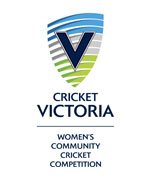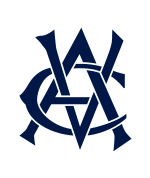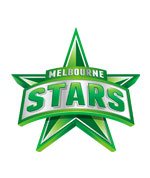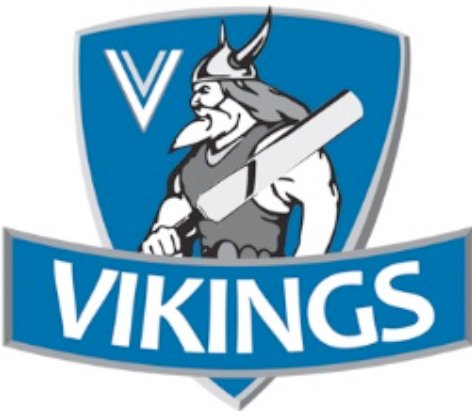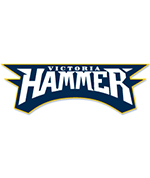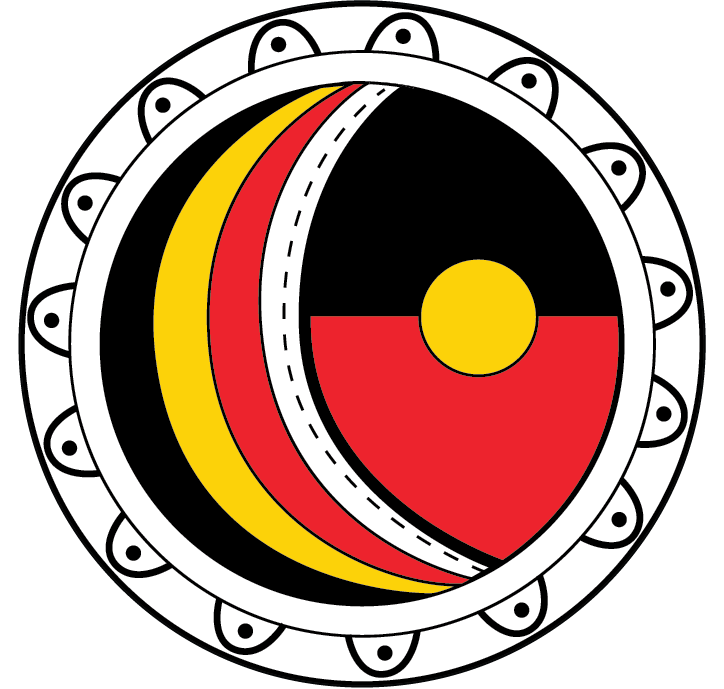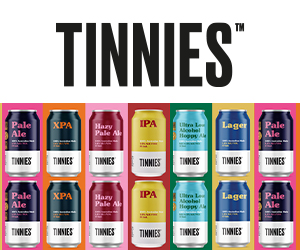Updated Return to Train and Play Guidelines – 9 July 2020
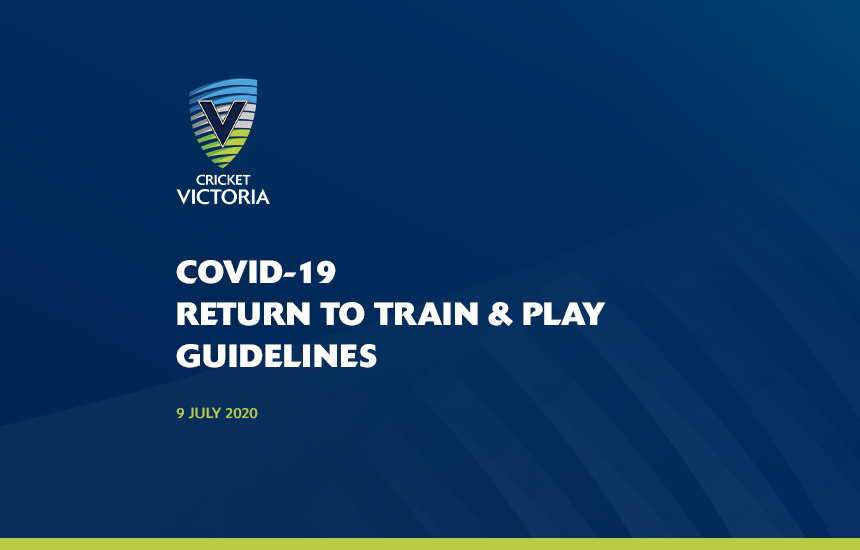
In light of the current restrictions imposed on metropolitan Melbourne and the Mitchell Shire, Cricket Victoria has made further amendments to our Return to Train & Play guidelines that were released on 25 June 2020.
This guide has been established to support Clubs and Associations under the current Victorian Government COVID-19 restrictions to return to playing cricket in a phased approach.
All Cricket Clubs and Associations have an obligation to strictly adhere to the following protocols at every training session and matches, with the focus to be ‘Get there Safely, Conduct Training and/or Play and Leave Safely’.
As of Monday 22nd June 2020, competitions for Non-contact sports (including cricket) will be able to resume for all age groups.
⚠️ IMPORTANT:
The following local government areas are currently under enforced ‘lockdown’ by the Victorian State Government until August 19th: Banyule, Bayside, Boroondara, Brumbank, Cardinia, Casey, Darebin, Frankston, Glen Eira, Dandenong, Hobsons Bay, Hume, Kingston, Knox, Manningham, Maribyrnong, Maroondah, Melbourne, Melton, Mitchell, Monash, Moonee Valley, Moreland, Mornington Peninsula, Nillumbik, Stonington, Port Phillip, Whitehorse, Whittlesea, Wyndham, Yarra & Yarra Ranges.
Training and matches must not commence for clubs, associations and players located in these areas during ‘lockdown’.
GENERAL INFORMATION
- Stay away if you or someone close has been unwell in the lead-up to returning to training or playing. If you are sick and think you have symptoms of COVID-19, seek medical advice and visit the Federal Government’s Department of Health website for further information and advice.
- Regular handwashing (20 seconds minimum with soap) and use of hand sanitizer is strongly encouraged.
- Cough/sneeze into the crook of your elbow or a tissue and avoid touching your nose/eyes/mouth.
- Shaking hands and celebrations involving contact with another person (including high-fives) are not to be undertaken.
- No shining of any cricket ball with saliva and/or sweat.
- Sharing of personal equipment and other incidentals (e.g. water bottles, towels) between players is prohibited. If clubs use baseball gloves for fielding drills, players are asked to bring their own gloves and avoid sharing with others where possible.
- Clubs are directed to clean all door handles, taps, towel dispensers/hand dryers and toilet seats if used at a session/match prior to the next scheduled session/match taking place.
- Change Rooms, Canteens and Bars will now be able to be reopened at grounds (subject to Local Government or landowner approval), with the existing distancing, sit down/takeaway and hygiene requirements to be met. Existing processes of attendance to training/matches in appropriate apparel and showering away from the venue is still strongly encouraged.
- Ensure plenty of bins are provided and place all used tissues in bin immediately after use.
- Cricket Balls must be cleaned with alcohol-based wipes before and after training. Sharing use of balls during training should be avoided unless absolutely necessary (e.g. fielding).
- Clubs are instructed to host any necessary communications (e.g. meetings, planning sessions, Meet the Coach sessions) through an online platform or hold these sessions over the phone as much as possible (despite communal areas at venues now being being reopened subject to current spacing guidelines of 1 person per 4m2).
- Further updates will be communicated to Clubs and Associations through the CV Club and Association Newsletter, Cricket Victoria website and Cricket Victoria social media platforms.
- Sport and Recreation Victoria’s (SRV) webpage also has more detailed information and a list of frequently asked questions to assist clubs and participants.
- Cricket Australia (CA) has further information on COVID-19 management for Cricket Club and Associations and also has a range of signage and COVID-19 related products that clubs may consider purchasing.
- Cricket Victoria is addressing contact tracing in its plan through recommending that all club participants download the COVID-Safe app to their devices.
- Detailed guidance for the COVID-19 Officer is provided on page 6 (Appendix 1).
PLAYING CONDITIONS
- The rules of the Association will determine the number of people plus officials that can participate (e.g. 9 v 9, 11 v 11) in outdoor, non-contact competition (competitive matches). N.B. multiple games can be played at the same venue on the condition that:
- Social distancing of 1.5 metres is maintained at all times; and
- The facility can easily cater for multiple games (e.g. multiple grounds, minimal congregation will occur at entrances, exits, near toilets etc.).
- Communal facilities, such as change rooms, can now be reopened (subject to Local Government or landowner approval) for indoor and outdoor sport venues. Clubs will also be able to open Canteens and Bars on site (subject to Local Government or landowner approval) providing that existing distancing, sit down/takeaway and hygiene protocols are strictly adhered to.
- Spectators (including Officials and Volunteers) should be in groups of no more than 10 and spread out around the ground or venue and maintain 1.5 metres social distance from others as much as possible.
- Clubs are instructed to avoid warm-up activities where contact with other players is likely or where players can’t maintain a 1.5 metre social distance.
- Players to attend matches by themselves with own means of transport (unless they reside in the same residence e.g. Parent/ Child or Siblings).
- Plan on having breaks of at least 10 to 15 minutes between teams and groups playing at the same venue to minimise crossover.
- Whilst canteens and kiosks can be opened, Players and Officials are encouraged to only bring food for their own personal consumption (no share plates unless each item is individually packaged) to reduce risk of COVID-19 transmission via contact surface.
- If a player tests positive to COVID-19, that person and all people that have been in close contact with that person need to self-isolate for 2 weeks and undertake testing. It will be up to the relevant competition as to how they determine match results involving a team or teams that are impacted as a result of a positive COVID-19 test.
- Ensure that at the coin toss, umpires are providing their own coin and tossing it themselves with the nominated captain calling.
- Avoid using team sheets, instead nominate teams in advance in MyCricket
- Scorers are to bring their own writing tools if scoring in a scorebook
- Those using an iPad to score should ensure it is wiped down with disinfectant
- If playing uniforms are normally shared, each player takes their uniform home to wash
- Do not share cricket protective equipment between players if they cannot be easily cleaned and sanitised before being used by another player. This particularly includes helmets, groin protectors, batting and wicketkeeping gloves, and batting wicketkeeping leg guards.
- Umpires (ideally including Club Umpires) are asked to wear rubber gloves on the field to handle the ball when applicable and change at the completion of each innings.
- Bats can be shared between players as they will be handled whilst using batting gloves.
TRAINING CONDITIONS
- The numbers attending outdoor training are unlimited, however all attendees must maintain a 1.5 metre social distance from others as much as possible.
- Indoor sport and recreation activities can resume and open, maximum 20 people per space or zone, with up to 10 people per group class. There are no limits on the number of people per group if all participants are 18 years old or younger. Clubs are advised to check with the Indoor Centre before usage to ensure compliance with COVID-19 requirements.
- Players, Officials, Volunteers and Spectators are directed to maintain 1.5 metres social distance from others as much as possible.
- Clubs are instructed to avoid warm-up activities where tackling or potential heavy physical contact is likely.
- Players to attend training by themselves with own means of transport (unless they reside in the same residence e.g. Parent/ Child or Siblings). For Junior Players, parents/guardians are directed to keep a safe distance away from the training area (e.g. stay in the car or be at least 1.5 metres away (preferably greater) from the training group when active). Spectators are recommended to also observe the current distance requirements between everyone at the venue where possible.
- Plan on having breaks of at least 10 to 15 minutes between teams and groups training at the same venue to minimise crossover.
- If a person tests positive to COVID-19, that person and all people that have been in close contact with that person need to self-isolate for 2 weeks and undertake testing.
- Clubs are strongly encouraged to host training at their home ground location (should access to training nets be required) and can now engage in practice and/or competition matches, providing that strict adherence to the current required practices are made.
- Attendees at all training sessions and matches are to have their Name and Contact details recorded by the club, with communications to players made prior to each session including access points and meeting locations.
APPENDIX 1
2020/21 COVID-19 SAFETY OFFICER PLANNING
The impacts of COVID-19 are well-known and community sport is not immune from the impacts for multiple reasons. In addition to the potential personal financial impacts for players, officials and volunteers, the financial impacts on all clubs and associations will be real and potentially significant. Additionally, how clubs and associations navigate the complexities surrounding return to train and play protocols will be an additional factor clubs and associations will need to consider for 2020/21 (and potentially 2021/22). The following is a guide to assist clubs and associations manage the requirements:
WHO
- It is strongly advised that clubs and associations identify the oversight for COVID-19 compliance to a designated person who takes the lead to help the club and association navigate the requirements; &
- In addition, it would be advisable to have a representative from each team (Coach, Captain, Team Manager or Scorer) designated as support representatives noting a single person can’t manage it all
WHAT
- Priorities for the allocated club and association rep (“COVID-19 officer”) would include:
- Undertake the free up to 30 minute on-line Infection Control – COVID-19 training
- Familiarise themselves with the latest CV Return to Train & Play guidelines1 available on the CV website and other resources available including Cricket Australia and Sport Australia. Any questions should first be checked:
- Cricket Club facility usage: Council contact
- Indoor facility for training usage: Indoor Centre Manager
- Playing / Training conditions: Local Association
- Indoor training2. Check with the Indoor Centre Manager about the requirements on usage – e.g. how many can train in each net/court, in what areas can they train and any other protocols to ensure the club/association complies – both for the benefit of the club/association and the livelihood of in the indoor centre. The club/asociation would not want to be the reason the centre is shut down.
- Club facility usage. In addition to the guidance in the CV Return to Train & Play documentation, check with the council as to what requirements the council has regarding:
- Who is overseeing (& paying for) any additional cleaning costs?
- If it is the club responsibility to oversee – what is required from the council (products to use, frequency, areas to clean). Ideally the club & council can meet on site to go through requirements before and after training / matches
- Can the council assist with any funding support or supply of cleaning products and signage?
- Clarity on how many people can use the rooms at any one time based on the facility size.
- Who is overseeing (& paying for) any additional cleaning costs?
- Equipment requirements3. In addition to any products / signage that the council may be able to supply, gain support from the club to arrange for purchase of signage and cleaning products – noting a range of signage and COVID-19 products are available via Cricket Victoria and Cricket Australia
- Training & match day protocols. In line with the CV documentation, work with the committee to decide local practical solutions and ensure agreed practices are implemented (e.g. decide if the canteen will be operational, whether players are asked to use their own ball, can shared training balls be cleaned and stored for 3 days after usage before usage again, will the whole changerooms be open for training or just toilets (noting a mindset be ‘get in, train, get out’) to minimise potential for spreading the virus and minimise cleaning costs
1 The Cricket Victoria COVID-19 return to train & play guidelines were developed following guidance from the Victorian Government’s Expert Advisory Panel, Sport Australia, the ICC, Cricket Australia, other Cricket States & Territories, Sport & Recreation Victoria and VicSport.
2 N.B.: Noting that the season will be starting later and due to more stringent COVID-19 requirements/restrictions placed on training indoors v outdoors many clubs will be scaling back their use of indoor centres
3 At the time of drafting this summary – Cricket Victoria are considering the potential of a CV preferred supplier arrangement for Victorian Cricket Clubs and Associations. More information on this will be shared when this is available.
Recent Posts
-
2 April, 2024Cricket Victoria launches Melbourne Cricket Academy in India in partnership with KheloMore Sports
-
27 March, 2024Victoria to host first-ever day-night MCG Test
-
26 March, 2024Carlton and Melbourne triumph this Kookaburra Victorian Premier Cricket season
-
18 March, 2024Winners announced at the 2023-24 Community Cricket Awards
-
10 March, 2024Victoria name squad for must-win Shield clash
Categories
Archives
Download Guidelines
Please note that Lane Bookings cannot be purchased in the same cart transaction as other online shop orders – they must be purchased separately.
No products in the cart.




